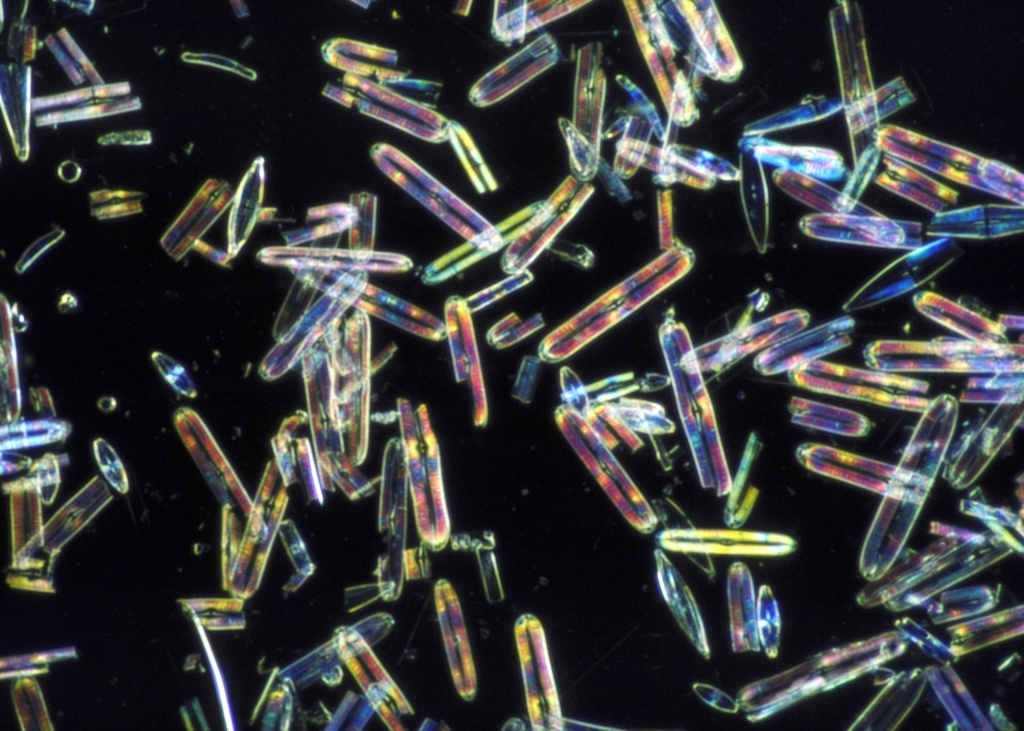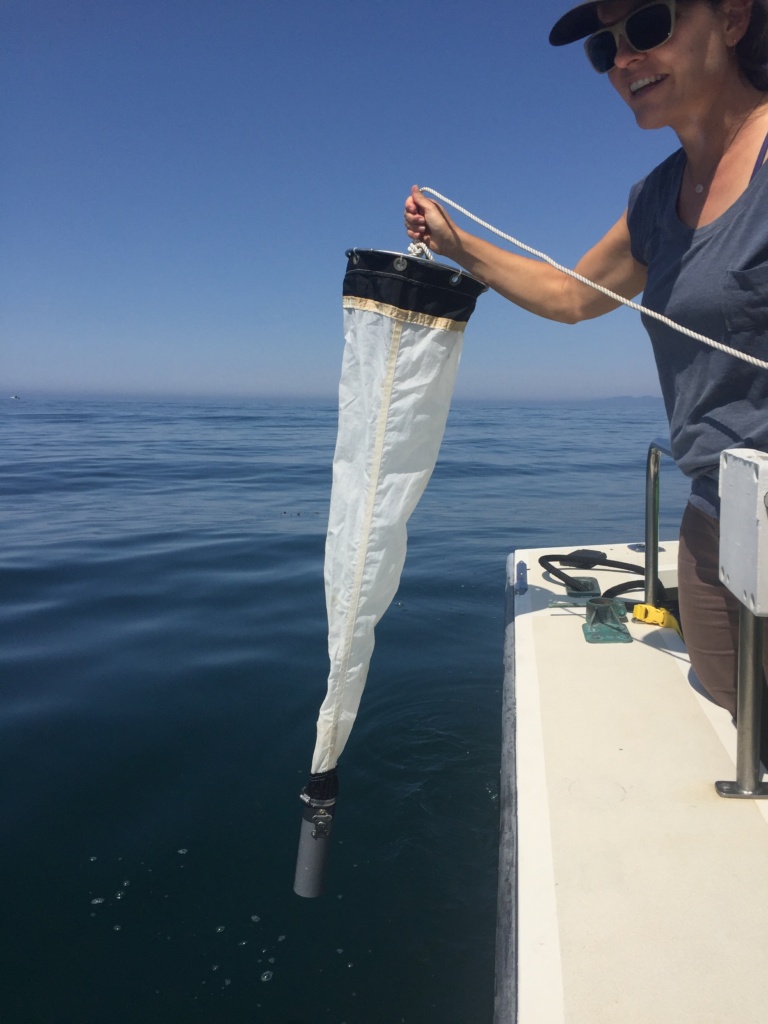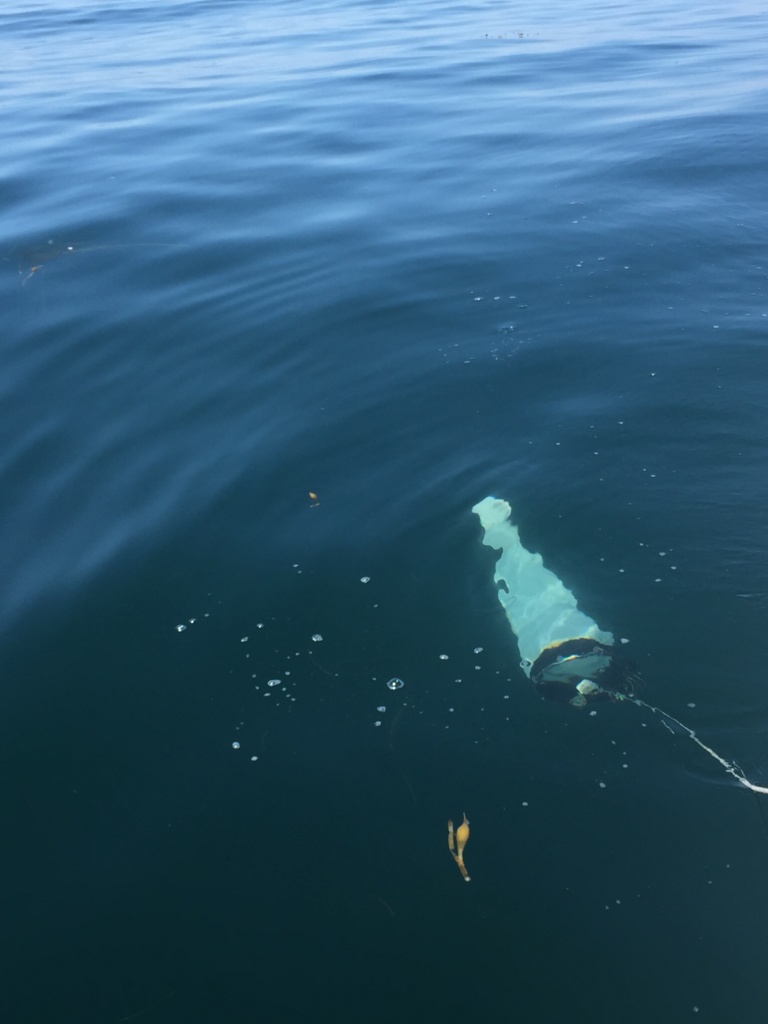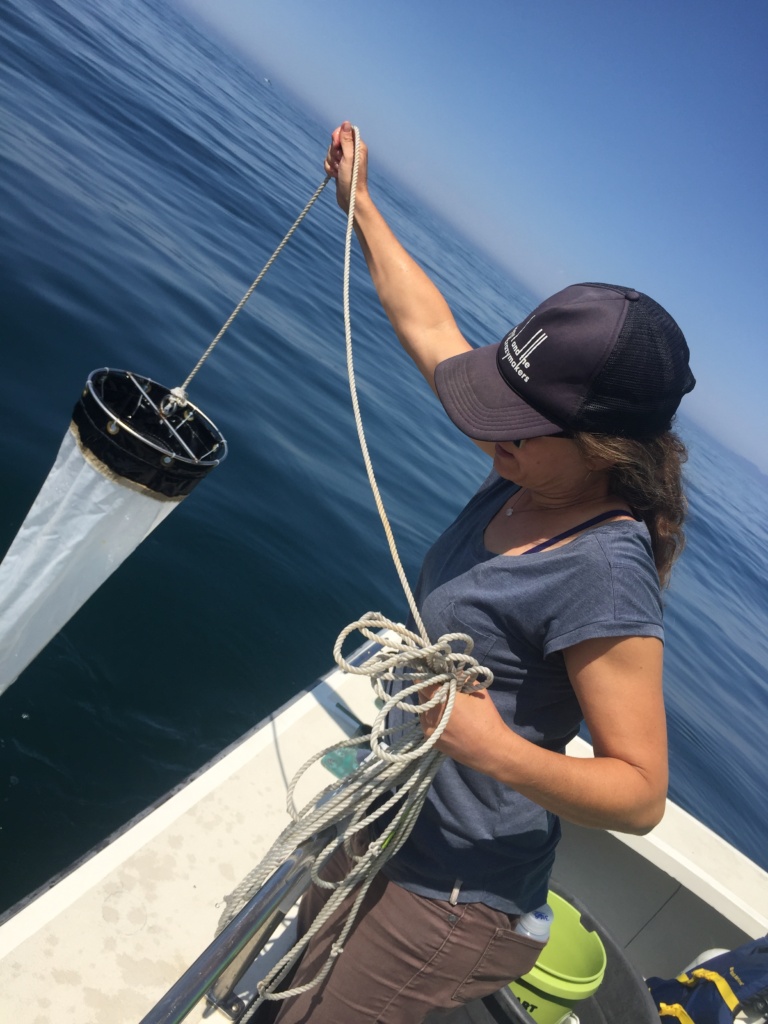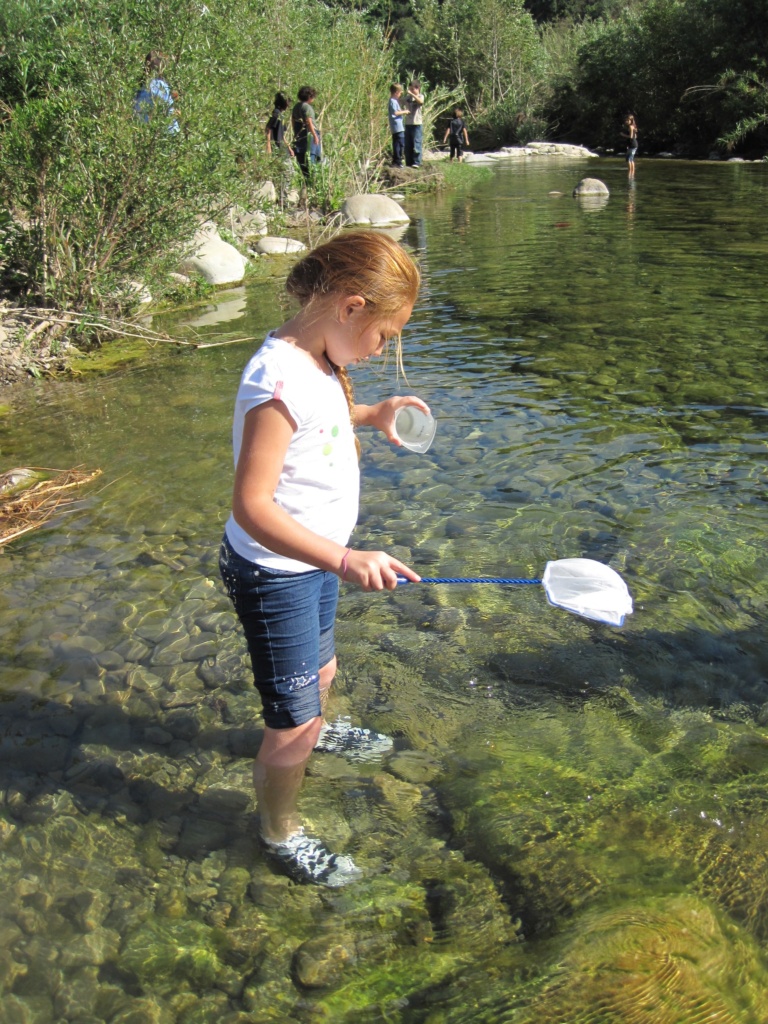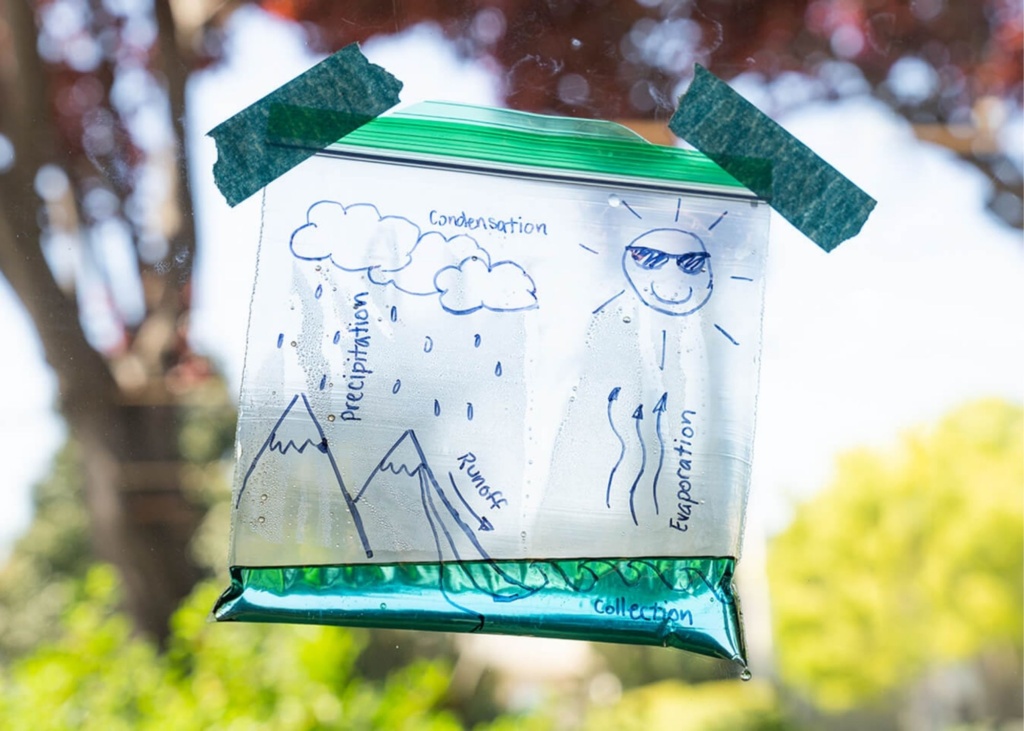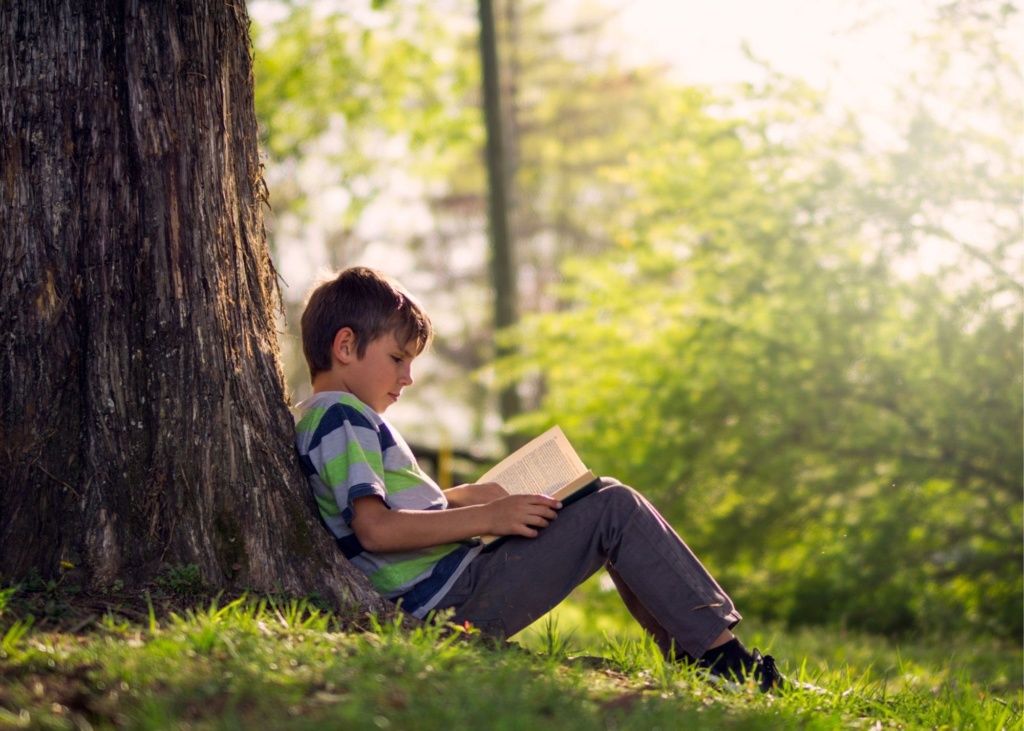Channelkeeper is pleased to welcome Nate Irwin to our team as a Policy Associate. In addition to his passion for environmental science and profound local knowledge, Nate brings extensive policy development and community organizing experience and ebullient positive energy. He will be leading the charge on many of Channelkeeper’s advocacy campaigns and environmental policy programs. We took a moment recently to learn more about Nate, his deep appreciation for the ocean, and what inspires his work to protect the Santa Barbara Channel and its watersheds.
Tell us a little about yourself. Where did you grow up? What were you interested in as a young person?
I grew up on the Mesa and spent most of my time outside, either playing an organized sport, or surfing. My interests haven’t changed much since I was a kid. I have always felt a connection to the natural world, and luckily, I still feel the same today. There is no better teacher, healer or communicator than mother nature.
It sounds like you have a deep personal connection with the ocean. Mind sharing a little about that?
My dad taught me to surf when I was three in Cabo San Lucas, and I have been completely obsessed ever since. There has not been a bad day that couldn’t be cured by a jump in the ocean. Growing up so close to the beach has allowed me to become in tune with its natural rhythms, the tides going in and out, afternoon northwesterly winds, flat spells, big swells, and glassy mornings. I was extremely privileged to have a dad that felt the same way about surfing as I did, calling us both in sick when there were good days. I have a deep reverence for the ocean because of its enormity, complexity, beauty and importance to the health of the earth.
What inspires your work to protect coastal ecosystems?
I am inspired to protect coastal ecosystems because of their interconnectedness with the health of the land. The Santa Barbara Channel is such a unique and important part of the world and keeping it healthy involves protecting both the watersheds that flow into it, and the ocean that receives this freshwater. Our coastal ecosystem is both beautiful and highly productive, making it incredibly important to ensure that we keep it healthy. I have spent the majority of my life in close proximity to the coast and feel a sense of responsibility to protect it in return for all it has done for me.
Do you have a personal hero?
My parents are my heroes because they allowed me to grow up in Santa Barbara and taught me to have respect for nature. They are both educators in Santa Barbara and I was fortunate to have their guidance growing up. My mom influenced me to be aware of my surroundings and appreciate all living things and each moment we get to be on this planet. My dad taught me that it is important to be yourself and to use your creativity to express yourself.
You have experience in environmental advocacy and inspiring others to get involved in conservation. Tell us about Illuminate Conservation.
In my final year of college at Antioch, Santa Barbara, I learned about Bradbury Dam/Lake Cachuma and its impact on the endangered Southern California steelhead. This species really got me interested in conservation and inspired me to get involved in helping to save them from extinction. I started an initiative to raise awareness about the importance of this species by using art, advocacy events, a petition and through writing about the species. My dad and I painted large scale steelhead inspired abstract art to highlight the conservation issue this species was facing. The fact that this species is disappearing is so alarming because they are the indicators of healthy watersheds. Illuminate Conservation is a platform that has raised over $16,000 to support NGO’s that work in watershed restoration, 48,000 signatures in support of the steelhead on the Santa Ynez River and taught local students about this issue using art as a catalyst for change and awareness.
What aspects of Channelkeeper’s work are you most excited to engage on?
I am most excited to get involved in watershed protection projects and the Chumash Heritage National Marine Sanctuary designation. I feel that public awareness of the importance of healthy watersheds will guide policy towards a more sustainable future for our county and state. The Chumash Heritage National Marine Sanctuary designation is a once in a lifetime opportunity to preserve a section of the marine environment forever and for future generations to enjoy. This is a monumental moment because the sanctuary designation incorporates Indigenous voices and traditional ecological knowledge in the preservation of their lands that they have stewarded since time immemorial.
Any highlights so far?
My biggest highlight so far has been attending the “Rally at the Rock” organized by the Northern Chumash Tribal Council to advocate for the inclusion of Lisamu’ (Morro Rock) and its surrounding waters in the sanctuary proposal. It was an incredible day, and I was so honored to be a part of it.
If you were an aquatic organism, what would you be and why?
I would be a dolphin off the coast of California because they are so graceful and look like they are having so much fun. They also seem to have such a close-knit family that they get to explore the ocean with.
